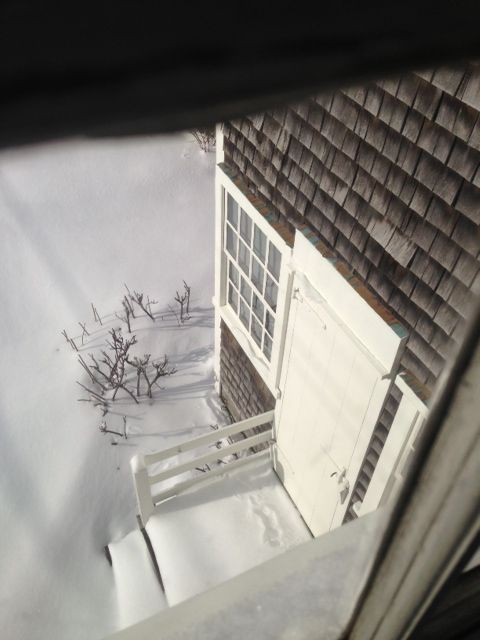Appreciating and Elevating the Everyday
As the curator of a historic house museum that dates to 1790, I have a deep appreciation, enthusiasm, and affection for historic architecture and objects from the eighteenth and nineteenth centuries and earlier. I grew up surrounded by antiques and old houses. I was brought up to appreciate their simplicity, beauty, and utilitarianism. And this in turn, became a part of my occupation and what I surround myself with not just at work but in my personal life as well.
But, I also have a deep appreciation for everything from Philip Johnson’s Glass House and Le Corbusier’s work to Mies van der Rohe, Frank Loyd Wright and McKim, Mead and White designs. I appreciate the Art Deco style, pieces from the early twentieth century, and items designed in the 1950s and 1960s. I find the everyday item, whether it be a mixing bowl, hammer, a simple nail, a door knob, or even a pottery shard beautiful. There is beauty in each of these pieces – they were made for a purpose, designed by an individual, used by many. Many people have touched that door knob as they have gained access to the interior of a house, the bowl has been used to make breads or cakes, the hammer has been owned by and used by my great grandfather and now I use it. The nail I uncovered in the Mitchell House yard or the pottery shard are items once used by the family. It may no longer be useful but it is beautiful in its simplicity, for what it was once used for, and for what it tells us about the past.
We need to look at items from the past − even if their original intended use is outdated and they are not useful for that purpose now − such as the items pictured here. I came across several of these when visiting an antiques show with my parents and it took me a minute to realize what they were. Now, what a beautiful way to appreciate the craftsmanship and design that went into these. Yes, they may still be utilized if one is restoring an old car, but displayed like this in a wrought iron stand allows a person to better appreciate what today is typically a piece of plastic and which (in my opinion) very little imagination has gone into designing. Some of the same companies that designed these lens covers for headlights also made glassware – as in dishes, glasses, and vases. Yes, that is what these are: headlight lens covers.
Recent Posts




